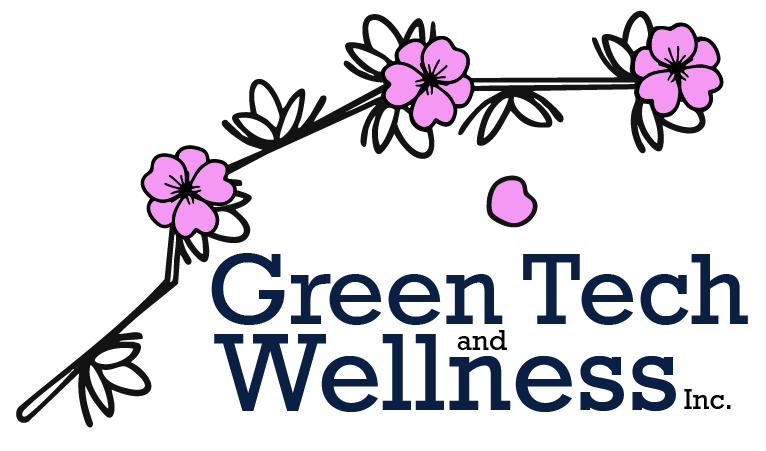
Wellness Strategy
Mental well-being plays a critical role in academic achievement, career success, and strong community outcomes. By integrating trauma-informed care, school-based support, and social emotional learning, we help youth and families facing chronic stress or systemic barriers improve their health, build resilience, and thrive in both education and the workforce.
-
Suicide was the second leading cause of death for people ages 10–34, according to the Centers for Disease Control and Prevention (CDC).
Over 70% of youth in the juvenile justice system have a diagnosable mental health condition, yet most lack access to adequate treatment. According to the National Alliance on Mental Illness (NAMI), approximately two-thirds of detained youth meet the criteria for at least one mental illness.
Trauma and chronic stress from community violence are closely linked to chronic absenteeism, reduced academic performance, and lower workforce readiness. A 2022 study published in the National Library of Medicine found that students exposed to violence were significantly more likely to miss school frequently and perform poorly academically.
-
Embedding social-emotional learning (SEL) and mental wellness into workforce training improves job retention, certification completion, and long-term health outcomes. SEL also boosts academic performance — a meta-analysis of over 1 million students from PreK–12 showed consistently positive results. A National Bureau of Economic Research study also found that essential life skills — like motivation, self-discipline, and emotional regulation — are linked to better school completion, employment, and earnings later in life.
Persistent negative thought patterns and rumination—core features of many mental illnesses—directly impact economic productivity and well-being. A 2024 study from Yale, Columbia, and Wisconsin found that these cognitive disruptions reduce individuals' ability to work, invest, and seek treatment—contributing to an estimated $282 billion annual cost to the U.S. economy. Promoting mental well-being through proactive, supportive environments helps prevent these cycles and strengthens individual and community resilience.
